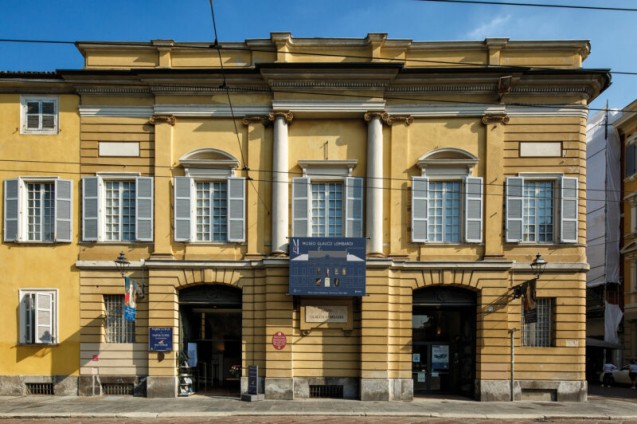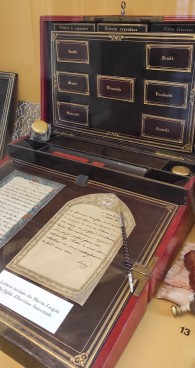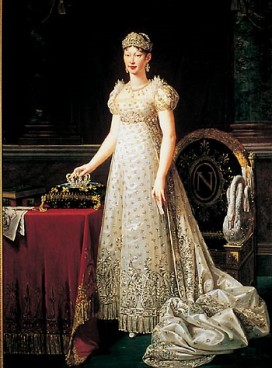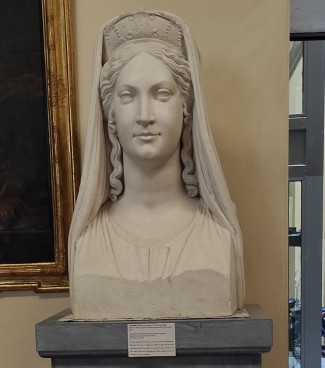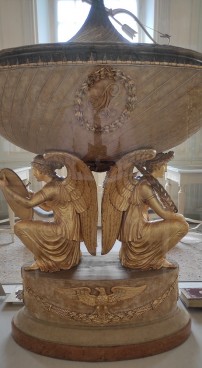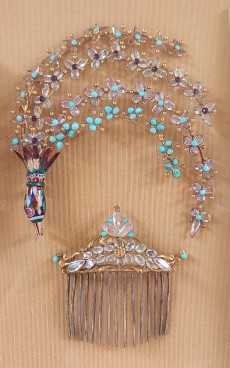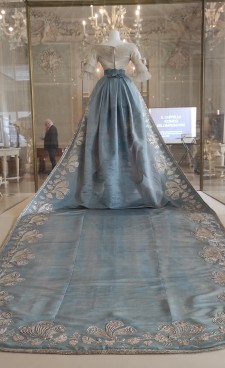The museum found its origin in the collection of Professor Glauco Lombardi (1881-1970). Though he qualified as a teacher of art history, Lombardi never held a post and was content to perform acts of patronage and to write for a local publication. As for the rest of his time, he devoted his physical, intellectual and financial energies throughout the whole of his long life to the creation of a collection of all he could find, whether on the antiques’ market or in private collections, of the vast artistic and documentary heritage of Parma under the Bourbons (1748-1802, 1847-1859) and Marie-Louise (1816-1847).
The original nucleus of the collection was housed in a few rooms of the sumptuous but neglected Reggia di Colorno palace. Over the period 1915-1945, Lombardi was completely to refurbish the spaces that had long been abandoned.
In 1934, an agreement was finalised between Lombardi and Count Giovanni Sanvitale. It was not however until long after the Second World War, in 1961, that a new Glauco Lombardi Museum was to open, this time installed in the Palazzo di Riserva in Parma. Since 1971, the museum has been a Foundation, under the aegis of the Municipality of Parma and (since 2002) supported uniquely by the Fondazione Monteparma.
After a restoration and modernisation campaign in 1997-99 and expansion onto the ground floor of the palace in 2012, the Museum is now full secure, modern, and accessible museum. It has a lively cultural programme, regularly presenting free thematic exhibitions on the ground floor and the musical events in the series entitled ‘Musica al Museo’, frequently using the duchess’ own fortepiano. The annual ‘Maria Luigia Week’ in December is full of events related to the sovereign.
One of the highlights of the museum is the principal Salone, including:
• the huge official 1812 portrait of Marie Louise by Robert Lefèvre;
• the oil painting of the King of Rome and his mother Marie Louise by Pierre-Paul Prud’hon;
• the sumptuous wedding corbeille given by the Emperor to his young wife on their wedding;
• and Marie Louise’s very own fortepiano.


